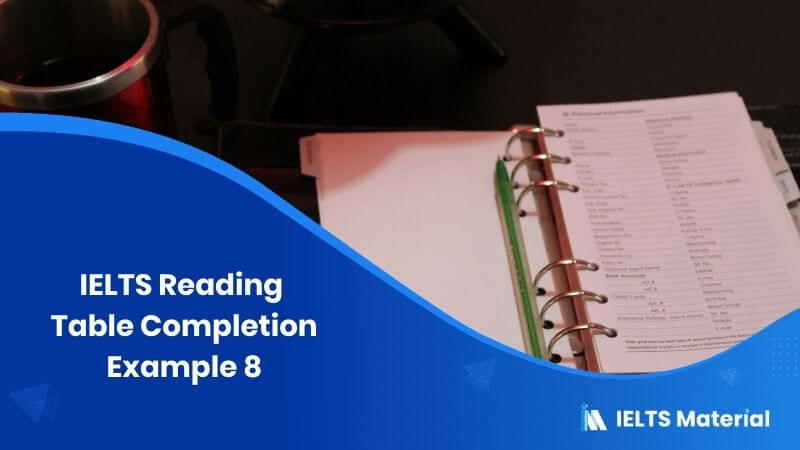IELTS Reading Table Completion Example 10
Table of Contents
Limited-Time Offer : Access a FREE 10-Day IELTS Study Plan!
The Birth of Scientific EnglishA. Across Europe similar academies and societies arose, creating new national traditions of science. In the initial stages of the scientific revolution, most publications in the national languages were popular works, encyclopaedias, educational textbooks and translations. Original science was not done in English until the second half of the 17th century. For example, Newton published his mathematical treatise, known as the Principia, in Latin, but published his later work on the properties of light – Opticks – in English. There were several reasons why original science continued to be written in Latin. The first was simply a matter of audience. Latin was suitable for an international audience of scholars, whereas English reached a socially wider, but more local audience. Hence, popular science was written in English. A second reason for writing in Latin’ may, perversely, have been a concern for secrecy. B. Open publication had dangers in putting into the public domain preliminary ideas which had not yet been fully exploited by their ‘author’. This growing concern about intellectual property rights was a feature of the period – it reflected both the humanist notion of the individual, rational scientist who invents and discovers through private intellectual labour, and the growing connection between original science and commercial exploitation. There was something of a social distinction between ‘scholars and gentlemen’ who understood Latin, and men of trade who lacked a classical education. And in the mid-17fh century it was common practice for mathematicians to keep their discoveries and proofs secret, by writing them in cipher, in obscure languages, or in private messages deposited in a sealed box with the Royal Society. Some scientists might have felt more comfortable with Latin precisely because its audience, though international, was socially restricted. |
Questions 1-4
Complete the table.
Choose NO MORE THAN TWO WORDS from the passage for each answer.
Write your answers in boxes 1-4 on your answer sheet.
|
Science written in the first half of the 17th century |
||
| Language | Latin | English |
| Type of Science | Original | 1…………………………… |
| Examples | 2………………………….. | Encyclopedias |
| Target audience | International scholars
4. Socially ……………….. |
3……………………., but socially wider |
Answers
|
Explanation
Unlock Explanation
| For the first question, the answer is in the first para – ninth line; “Hence, popular science was written in English.”
The second answer is in the first para – fifth line; “Newton published his mathematical treatise, known as the Principia, in Latin.” Answer to the third question is in the first para – ninth line; “English reached a socially wider, but more local audience.” For the fourth question, the answer is towards the end of the second para; “Some scientists might have felt more comfortable with Latin precisely because its audience, though international, was socially restricted.” |
Also check:
Practice IELTS Reading based on question types
Start Preparing for IELTS: Get Your 10-Day Study Plan Today!
Explore other Table Completion Questions
Recent Articles

Kasturika Samanta

Kasturika Samanta

Janice Thompson








Post your Comments